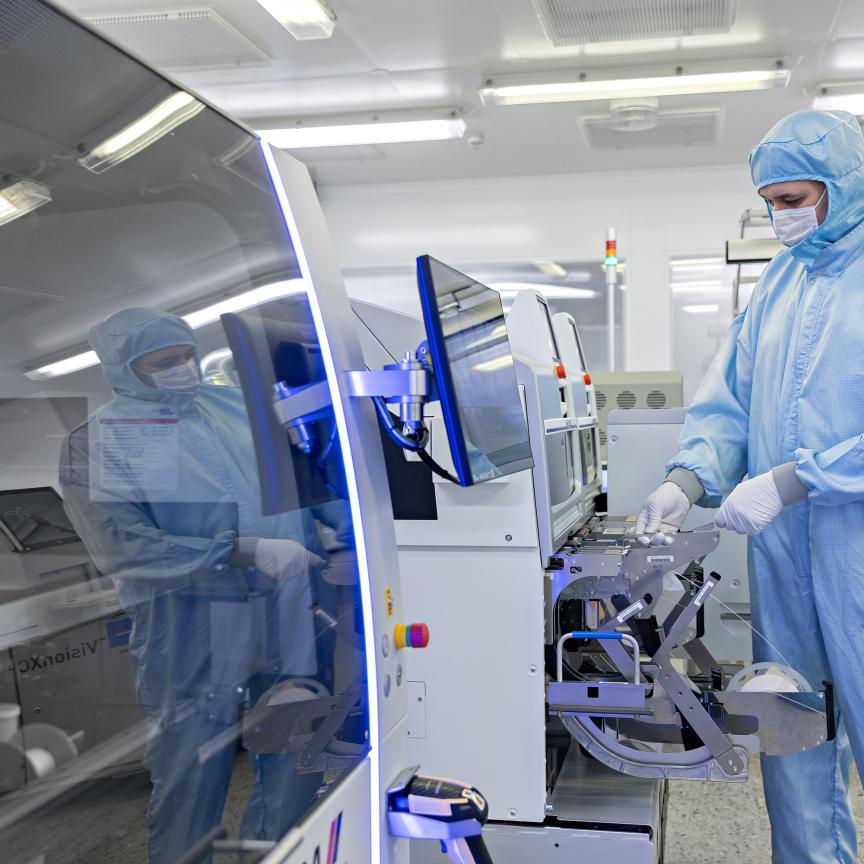A pilot study conducted by scientists at Fraunhofer FEP has revealed the possibility of using OLEDs to assist the healing processes of the body.
The research evaluated the cytocompatibility of organic light-emitting diodes (OLEDs) on cell cultures. It found that OLEDs have the potential to be used in light therapy, a means of promoting the body’s ability to heal by exposing certain tissues to light.
The findings will be published in a white paper entitled ‘Preliminary cytocompatibility studies for encapsulated OLEDs’ and presented at the fourth Industry Partners Day of the Fraunhofer FEP in Dresden on 28 September.
Before area light sources such as OLEDs can be employed for medical applications, any potential toxic effects from the treatment much be investigated.
‘Even after electrical operation and exposure to mechanical loading by bending, no toxic substances able to alter cells diffused from the OLEDs,’ recounted Dr Schönfelder, head of the medical applications research group at Fraunhofer FEP.
Difficult and protracted healing processes of the skin, such as those in chronic and infected wounds, present a challenge for physicians.
Because of this, and as a follow-on to the original study, further studies on the influence of OLED light were conducted using in vitro cell cultures from the skin and the immune system suffering from specified damage. Initial results indicate effects of accelerated auto-recovery that could be the foundation for future therapeutic applications.
‘We need long-term studies yet to be able to guaranty cytocompatibility during exposure to OLED light,’ remarked division director Dr Christian May. ‘Safe electrical connections, power supplies, control circuitry, and component perimeter seals are important aspects that we are dedicating ourselves to – before direct application to the patient is allowed.’
Further Information:

